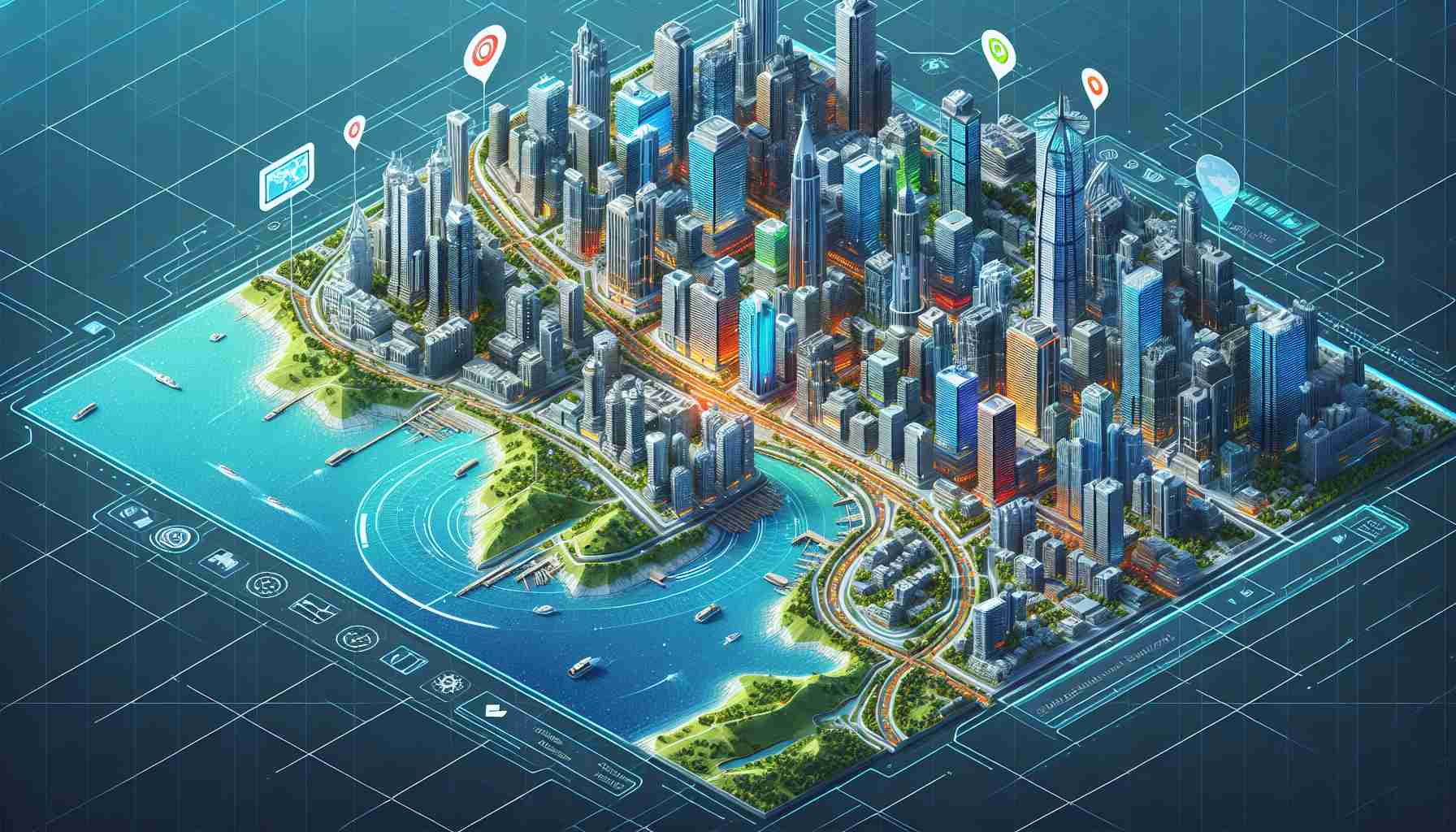Summary:
Google Maps is a popular mapping service that offers various useful features to its users. One of its notable features is the 3D buildings feature, which provides users with a more immersive and realistic experience when navigating through cities or exploring different locations. This article delves into the details of the Google Maps 3D buildings feature, its benefits, and frequently asked questions for a comprehensive understanding.
Introduction:
Google Maps has revolutionized the way we navigate and explore the world around us. With features like real-time traffic updates, satellite imagery, and Street View, it has become an invaluable tool for travelers, commuters, and everyday users alike. Among its impressive repertoire, the 3D buildings feature adds an extra layer of realism to the maps, enhancing the navigation experience and providing a unique perspective on various locations.
Understanding the Google Maps 3D Buildings Feature:
The Google Maps 3D buildings feature takes advantage of aerial imagery and advanced mapping technologies to recreate three-dimensional representations of buildings in urban areas. With this feature enabled, users can zoom in and tilt the map to view buildings from different angles, giving a more detailed and lifelike view of their surroundings. The 3D buildings feature covers numerous cities and urban areas worldwide, allowing users to explore landmarks, tourist attractions, and even residential neighborhoods in a more interactive way.
Benefits of the Google Maps 3D Buildings Feature:
1. Enhanced Navigation: The 3D buildings feature can assist users in navigating through unfamiliar areas by providing better visual cues and landmarks. Users can easily identify notable buildings or landmarks around them, making it easier to pinpoint their location or navigate to a specific destination.
2. Realistic Visualization: By offering a three-dimensional view, the 3D buildings feature provides a more realistic representation of cities and urban areas. This can be particularly useful for urban planning, architectural research, or simply for the joy of exploring a city from the comfort of your screen.
3. Immersive Experience: The ability to tilt and rotate the map to view buildings from different angles adds a level of immersion that traditional maps lack. Whether you are planning a trip or simply exploring a new city, the 3D buildings feature adds a sense of depth that makes the experience more engaging.
Frequently Asked Questions (FAQ):
Q1: How do I enable the 3D buildings feature on Google Maps?
A1: The 3D buildings feature on Google Maps is enabled by default. Simply zoom in on a city or urban area, and the buildings should automatically appear in three-dimensional representation.
Q2: Are all cities and areas covered by the 3D buildings feature?
A2: While Google Maps strives to cover as many cities and areas as possible, not all locations have 3D building data available. However, the coverage is continuously expanding, and popular urban centers are more likely to have detailed building representations.
Q3: Can I use the 3D buildings feature on mobile devices?
A3: Yes, the Google Maps app on both Android and iOS devices supports the 3D buildings feature. Simply zoom in on a city or area, and the buildings will appear in three dimensions.
In conclusion, the Google Maps 3D buildings feature brings a new dimension to the mapping experience by offering an immersive and realistic view of cities and urban areas. It enhances navigation, provides a more engaging exploration experience, and allows users to visualize buildings and landmarks with increased accuracy. As Google Maps continues to evolve and expand its capabilities, the 3D buildings feature remains a valuable tool for both casual users and professionals alike.
Sources:
– Google Maps: https://www.google.com/maps
The source of the article is from the blog toumai.es
